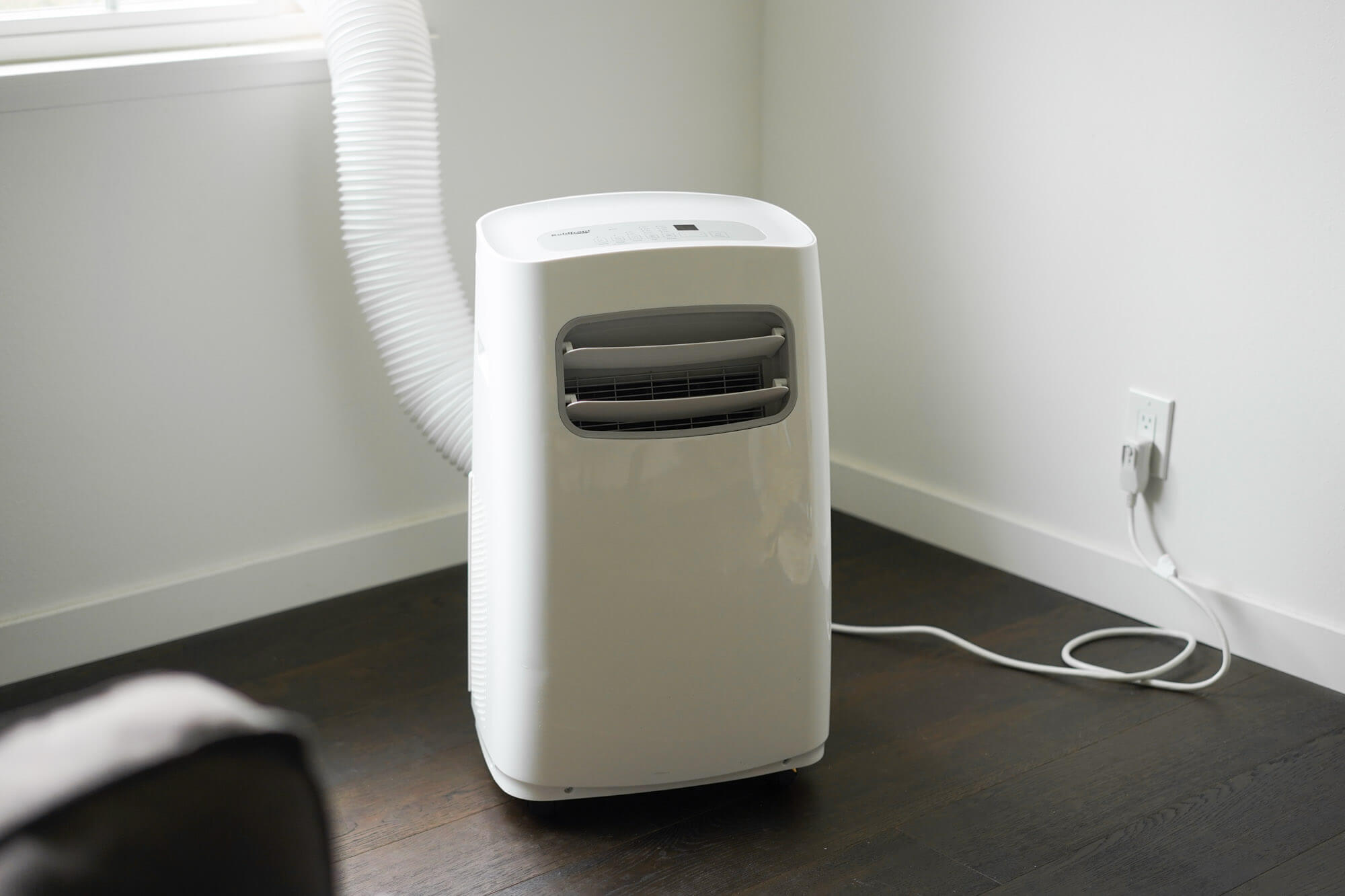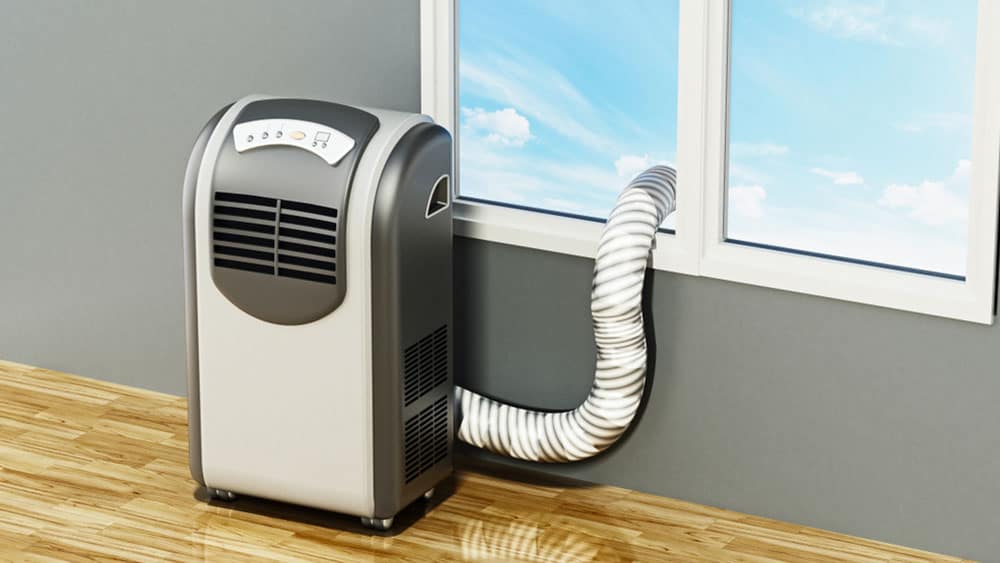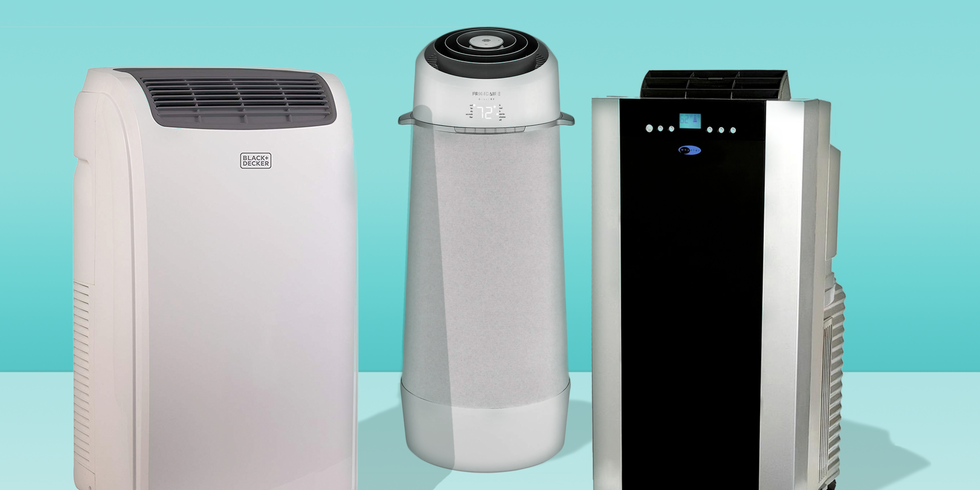Portable Air Conditioning Units Best Buy

Portable air conditioners are a great solution for cooling individual rooms without the expense and complexity of installing a central air conditioning system or even a window unit. They're particularly useful for renters, those living in apartments with limited window access, or homeowners wanting to supplement their existing AC. Finding the best portable AC unit often starts with considering options at retailers like Best Buy, which offers a wide selection. But before you head to the store, let's delve into what makes a portable AC a good choice and how to make the most of it.
Understanding Portable Air Conditioners
Unlike window units, portable air conditioners sit on the floor and vent hot air outside through a window using an exhaust hose. This makes them easy to move from room to room, providing cooling where you need it most. There are two main types:
- Single-hose units: These draw air from inside the room to cool the condenser, then exhaust the heated air outside. This creates negative air pressure, potentially drawing in unconditioned air from other parts of the house.
- Dual-hose units: These are more efficient. One hose draws air from outside to cool the condenser, and the other exhausts the heated air back outside. This minimizes negative air pressure and cools the room more effectively.
When comparing portable AC units, several key factors come into play:
- BTU (British Thermal Units): This measures the cooling capacity. A higher BTU rating indicates the unit can cool a larger space. Use a BTU calculator to determine the right size for your room (square footage).
- EER (Energy Efficiency Ratio): This measures how efficiently the unit converts electricity into cooling power. A higher EER means lower energy bills.
- Noise Level: Portable ACs can be noisy. Check the decibel rating to ensure it won't disrupt your sleep or work.
- Features: Look for features like programmable timers, remote control, multiple fan speeds, and dehumidifying functions.
Troubleshooting Common Portable AC Issues
Even the best portable air conditioning unit can experience problems. Here's a look at some common issues and how to address them:
1. Unit Not Cooling Effectively
- Possible Cause: Incorrect BTU rating for the room size.
- Solution: Ensure the unit has enough BTU capacity for the square footage of the room.
- Possible Cause: Air leaks around the exhaust hose.
- Solution: Seal gaps around the window adapter with weather stripping or foam.
- Possible Cause: Dirty air filter.
- Solution: Clean or replace the air filter regularly (usually every 2-4 weeks, depending on usage).
- Possible Cause: Blocked exhaust hose.
- Solution: Ensure the hose is not kinked or obstructed. Keep it as straight and short as possible.
- Possible Cause: Room is too hot initially.
- Solution: Give the unit time to cool the room. Close curtains or blinds to block sunlight.
2. Unit is Leaking Water
- Possible Cause: Condensation build-up.
- Solution: Most portable ACs have a drain plug or hose. Empty the water collection tank regularly. Some models have a self-evaporative function, but this may not be sufficient in humid conditions.
- Possible Cause: Drain plug is loose or missing.
- Solution: Tighten the drain plug or replace it if missing.
- Possible Cause: Unit is not level.
- Solution: Ensure the unit is placed on a level surface to allow proper drainage.
3. Unit is Noisy
- Possible Cause: Loose components.
- Solution: Check for loose screws or panels and tighten them.
- Possible Cause: Fan blades are dirty or obstructed.
- Solution: Clean the fan blades with a soft brush.
- Possible Cause: Normal operational noise.
- Solution: If the noise is excessive, consider the unit's decibel rating and whether it's appropriate for your needs. Some models are quieter than others.
4. Unit Smells Bad
- Possible Cause: Mold or mildew growth.
- Solution: Clean the unit thoroughly with a mild bleach solution (follow the manufacturer's instructions).
- Possible Cause: Dirty air filter.
- Solution: Replace the air filter.
- Possible Cause: Stagnant water in the collection tank.
- Solution: Empty and clean the water collection tank regularly.
5. Unit Turns Off Suddenly
- Possible Cause: Overheating.
- Solution: Ensure the exhaust hose is properly installed and not blocked. Clean the air filter.
- Possible Cause: Full water tank.
- Solution: Empty the water tank.
- Possible Cause: Electrical overload.
- Solution: Check the circuit breaker. Avoid using extension cords if possible.
DIY Repairs vs. Calling a Professional
Many simple issues, such as cleaning the air filter, emptying the water tank, and sealing air leaks, can be easily handled as DIY projects. However, more complex repairs should be left to qualified HVAC technicians. Here's a general guideline:
DIY-Friendly Tasks:
- Cleaning or replacing the air filter
- Emptying the water tank
- Sealing air leaks around the window adapter
- Tightening loose screws or panels
- Cleaning the exterior of the unit
When to Call a Professional:
- Refrigerant leaks
- Electrical problems (other than a tripped breaker)
- Compressor issues
- Fan motor problems
- Anything involving opening the sealed refrigeration system
Safety First: Always disconnect the power supply before performing any maintenance or repairs. Refer to the manufacturer's manual for specific instructions and safety precautions.
Portable AC Units at Best Buy: What to Consider
Best Buy offers a variety of portable AC units from different brands, including Whynter, LG, Honeywell, and others. When browsing their selection, keep the following in mind:
- Budget: Portable AC prices range from a few hundred dollars to over a thousand. Set a budget before you start shopping.
- Room Size: Use a BTU calculator to determine the appropriate cooling capacity for your room.
- Features: Consider the features that are important to you, such as a remote control, timer, dehumidifier, and multiple fan speeds.
- Reviews: Read customer reviews to get an idea of the unit's performance, reliability, and noise level.
- Warranty: Check the warranty coverage offered by the manufacturer.
- Single-Hose vs. Dual-Hose: Dual-hose units are generally more efficient and cool better.
Don't hesitate to ask Best Buy sales associates for assistance in choosing the right unit for your needs. They can provide valuable insights and help you compare different models.
Cost Estimates for Portable AC Repairs
While many issues can be resolved with DIY fixes, some problems require professional attention. Here are some rough cost estimates for common portable AC repairs (these prices can vary depending on your location and the specific problem):
- Refrigerant Recharge: $150 - $300
- Compressor Replacement: $300 - $600
- Fan Motor Replacement: $150 - $350
- Electrical Repair (Wiring, Capacitors): $100 - $250
It's always a good idea to get quotes from multiple HVAC technicians before committing to a repair. Be sure to explain the problem clearly and provide the model number of your unit.
Preventive Maintenance for Longevity
To keep your portable AC unit running smoothly and extend its lifespan, follow these preventive maintenance tips:
- Clean or replace the air filter regularly.
- Empty the water tank frequently.
- Wipe down the exterior of the unit with a damp cloth.
- Store the unit in a dry place when not in use.
- Check the exhaust hose for cracks or damage.
- Consider having the unit professionally serviced every few years.
By understanding the basics of portable air conditioners, troubleshooting common issues, and performing regular maintenance, you can enjoy cool comfort and save money on energy bills. Remember, safety is paramount, and when in doubt, always consult a qualified HVAC professional.

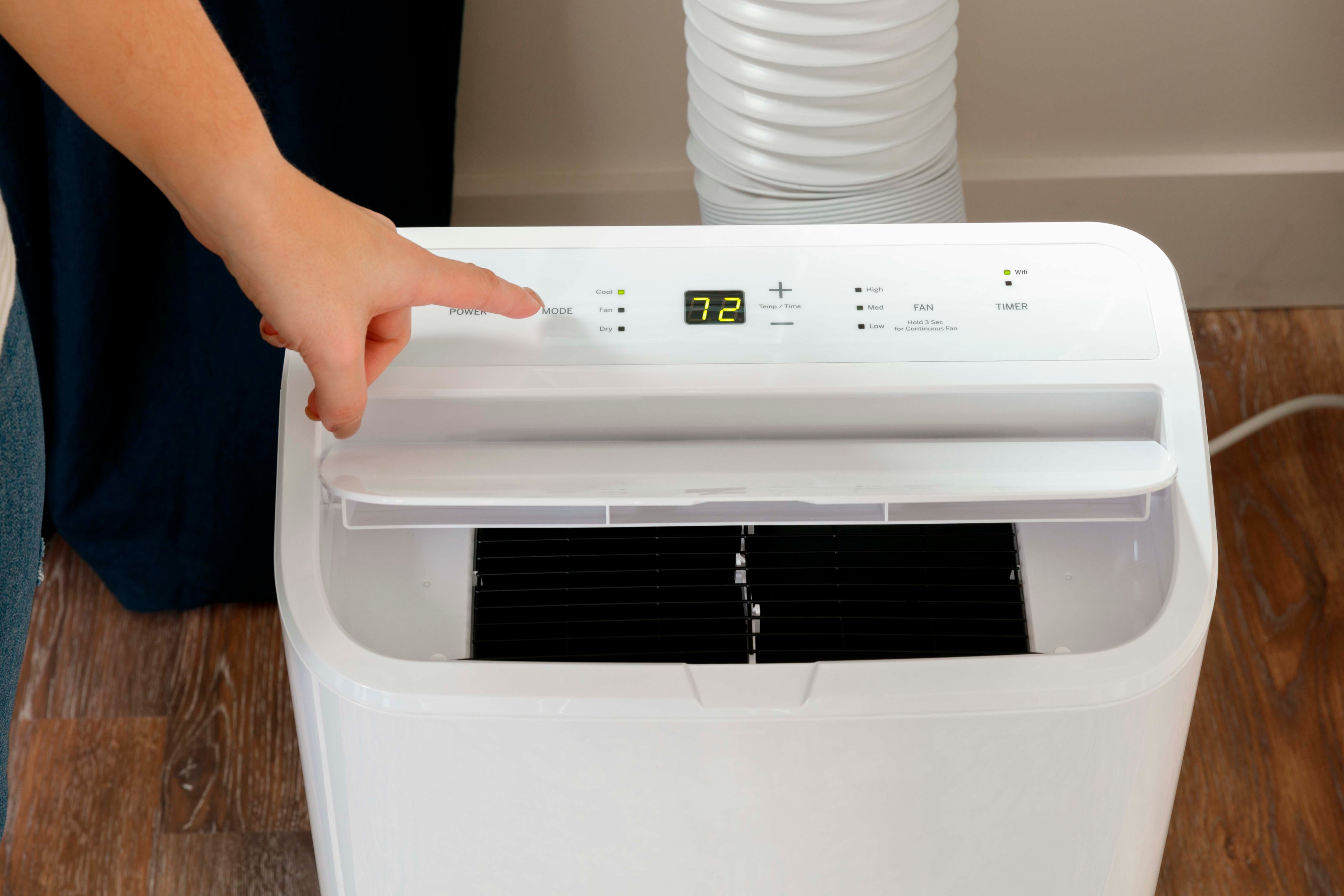
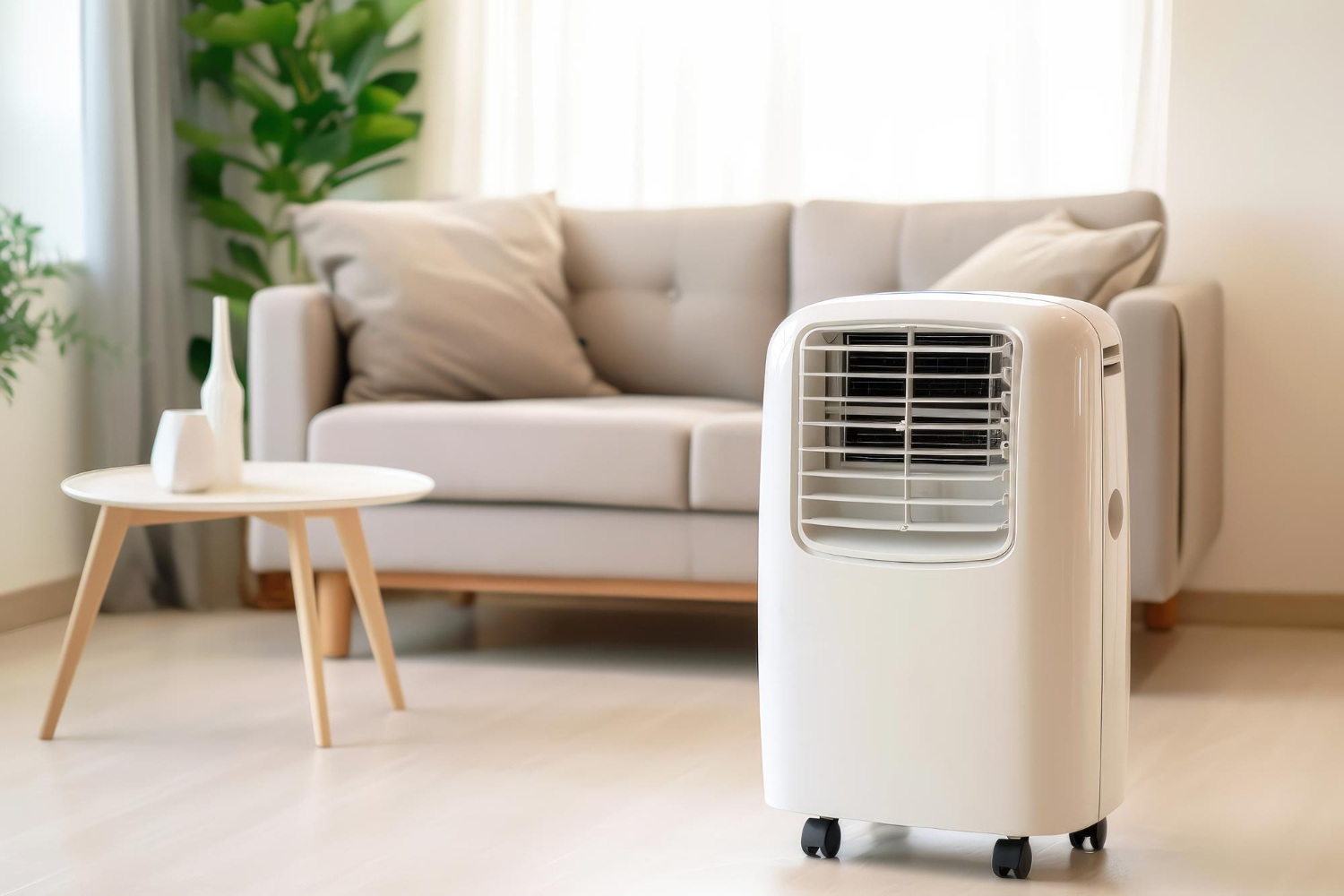

:strip_icc()/bhg-portable-air-conditioners-may-24-test-frigidaire-fhpc082ac1-room-brie-goldman-17-1-c427f6e8f37045ae9c29183f587a8a34.jpeg)


